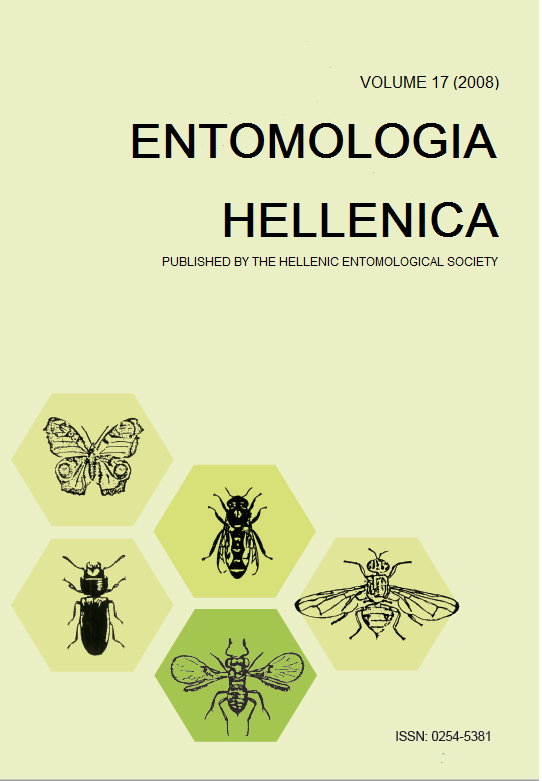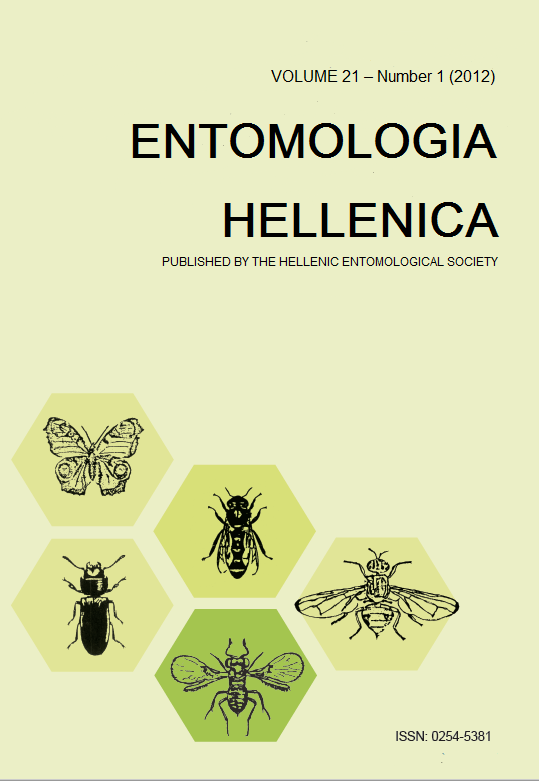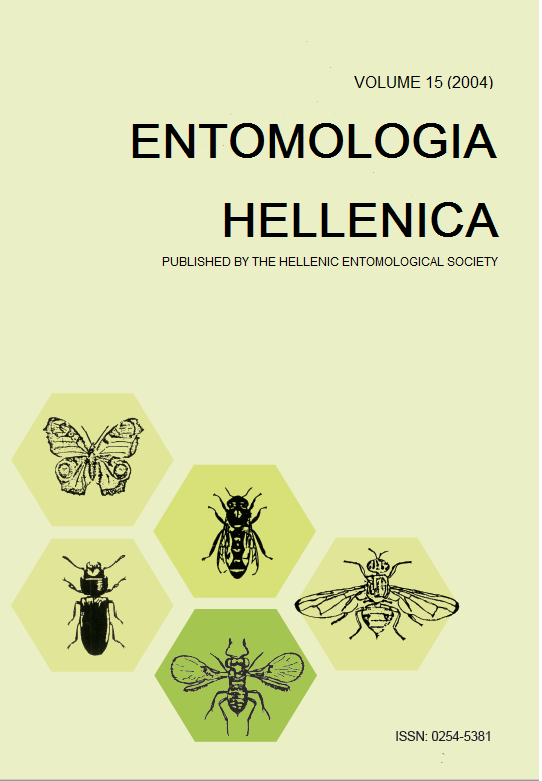Contribution to the ecological management of the seed chalcid wasp Eurytoma plotnikovi Nikol’skaya (Hymenoptera: Eurytomidae) in pistachio orchards

Abstract
Aspects related to the management of the pistachio seed wasp Eurytoma plotnikovi Nikol’skaya (Hymenoptera: Eurytomidae), were investigated. E. plotnikovi has internal feeding habits. However, the external appearance of the fruits could be used to distinguish between infested and uninfested fruits, since fruits partly blackish or brownish and shriveled had higher infestation levels than those without any discolouration. The adult emergence from the fruits was completed within a short period of 12 days, from the middle until the end of May. This pest overwinters as larva inside the mummified fruits. The application of sanitation measures for the control of this pest was experimentally investigated. The results showed that no adults emerged from fruits that were buried in the soil but also from those that remained on the soil surface during winter. Thus, it seems that there is no need for burying them by tillage under the soil as it had been proposed. This result might be essential in the wider adoption of this method in the management of this pest.
Article Details
- How to Cite
-
Lykouressis, D., Perdikis, D., & Biba, A. (2008). Contribution to the ecological management of the seed chalcid wasp Eurytoma plotnikovi Nikol’skaya (Hymenoptera: Eurytomidae) in pistachio orchards. ENTOMOLOGIA HELLENICA, 17, 34–41. https://doi.org/10.12681/eh.11614
- Issue
- Vol. 17 (2008)
- Section
- Articles

This work is licensed under a Creative Commons Attribution-NonCommercial-ShareAlike 4.0 International License.
Authors who publish with this journal agree to the following terms:
Authors retain copyright and grant the journal right of first publication with the work simultaneously licensed under a Creative Commons 4.0 license.
Authors are able to enter into separate, additional contractual arrangements for the non-exclusive distribution of the journal's published version of the work (e.g. post it to an institutional repository or publish it in a book), with an acknowledgement of its initial publication in this journal. Authors are permitted and encouraged to post their work online (preferably in institutional repositories or on their website) prior to and during the submission process, as it can lead to productive exchanges, as well as earlier and greater citation of published work.




